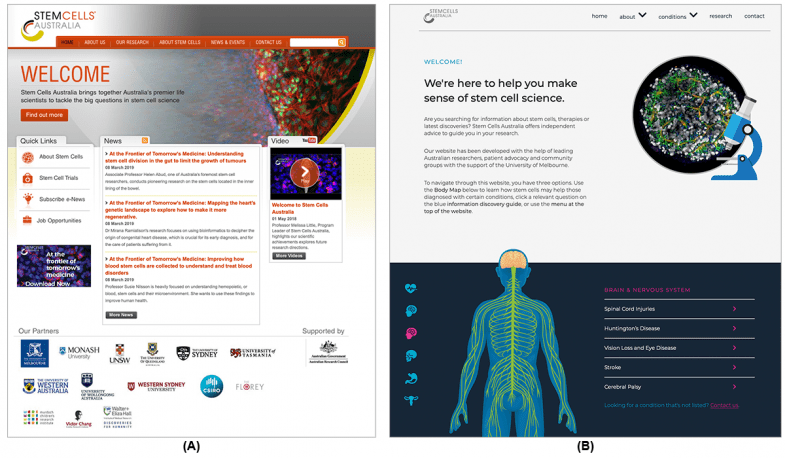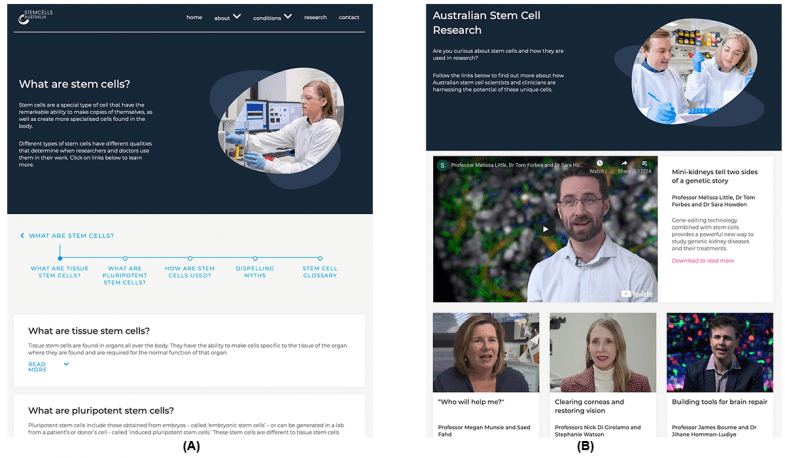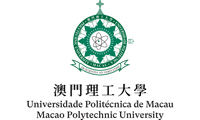Have you ever turned to the internet when feeling under the weather? In our digital age, the internet has become the go-to source of information for many, especially when it comes to health concerns. It's a treasure trove of knowledge at our fingertips. Yet this convenience doesn’t come without its pitfalls.
The downside of such easy access is most evident when we encounter the vast amounts of unreliable and non-evidence-based information online, especially in intricate areas like stem cell research. Commercial entities often exacerbate this problem with aggressive direct-to-consumer marketing, leading to the widespread dissemination of unverified claims. This creates a significant dilemma globally. Given these challenges, Dr. Patrick Cheong-Iao Pang of the Faculty of Applied Sciences at Macao Polytechnic University, in collaboration with academics from the University of Melbourne, Monash University, and the Murdoch Children's Research Institute in Australia, saw an opportunity. They identified a critical need for developing tools that deliver evidence-based information about health care options involving stem cells.
Addressing Misinformation: The Redesign of Stem Cells Australia
Established by the Australian Government in 2011, Stem Cells Australia has been a cornerstone for researchers pursuing advancements in diagnostic, therapeutic, and biotechnological applications. In the face of numerous misleading claims, the importance of promoting accurate information on treatments and research through this platform cannot be overstated. The research approach for rebuilding the website was centred around a participatory design methodology aiming to close the knowledge gaps of users and cater to their information needs. The integration of complex scientific data with a user-friendly website structure, attuned to public inquiries, aimed to enhance the site’s efficacy and user engagement.
This study was conducted in three distinct stages: analysis, design, and evaluation. Initially, the research team embarked on a detective-like exploration to uncover what types of stem cell information were most sought after and the methods employed by users in their search. They adopted 'purposive sampling' to ensure the website's relevance and appeal. With these insights, the project moved to the design phase, where the team crafted a more intuitive and content-rich website. The emphasis was on ease of navigation and ensuring the availability of specific information desired by users. The final phase, evaluation, involved a comparative analysis between the old and new website versions through Google Analytics. This assessment provided a clear view of how the alterations affected user behaviour in seeking health information. The team then fine-tuned the content to better suit the needs and interests of their audience.

Comparison of the home pages between the (A) original and (B) redesigned version of Stem Cells Australia. The redesigned version features condition-based navigation menus and the visualization of human systems.

The (A) content page and (B) research section of Stem Cells Australia.
The Future of Health Information: Trustworthy Web Resources and Their Role in Shaping Public Perception
The team has employed a participatory design methodology to create a tailor-made web-based resource that successfully meets the needs of users in search of dependable stem cell information. The significant reduction in bounce rates is a testament to enhanced user engagement, establishing the site as a reliable beacon in a sea of misinformation, particularly prevalent on commercial websites.
Looking to the future, the importance of such projects is only set to grow, underscoring the critical need for credible web-based health resources. Platforms like Stem Cells Australia are poised to play a pivotal role in informing public discourse on complex health matters. Visioning these platforms as more than just information repositories but as active research portals, they have the potential to proactively deliver accurate, up-to-date information and news on stem cell research advancements.
Such proactive engagement could captivate users more deeply, potentially nurturing communities closely connected to medical research. This shift could move public expectations away from unsubstantiated "miracle cures" and align them with the tangible progress of scientific research. Hence, the broader implications of this endeavour extend far beyond a simple website redesign. It outlines a pathway to cultivate informed and hopeful communities that revolve around the progression of medical research.
Expanding Impact: Technology, Innovation, and Global Collaboration Through Interdisciplinary Research
The success of this study hinged on the formation of a diverse research team, bringing together expertise from IT, website design, health information, stem cell science, and public education. This illustrates the power of interdisciplinary research, which lies at the heart of major scientific advancements at MPU. The study was further enhanced by insights into the sociocultural factors that shape consumer decisions regarding stem cell therapies. Essential input from key Australian community figures and advocacy groups was instrumental in ensuring that the website redesign would align with the real-world needs of its audience. This concerted effort culminated in a comprehensive MPU strategy that leverages diverse expertise to confront complex societal challenges.
MPU's prowess in technology and innovation acts as a catalyst across critical sectors such as healthcare, machine translation, environmental protection, and gaming management. By fostering collaboration among experts from different locales and disciplines, MPU is building a dynamic intellectual community that significantly enhances our societal footprint.
The value of MPU's interdisciplinary approach shines in initiatives like the Centre for Artificial Intelligence-Driven Drug Discovery, where AI accelerates the pace of pharmaceutical innovation, yielding considerable contributions to global health. In machine translation, MPU's collaborative efforts have given rise to the World's Most Accurate Chinese-Portuguese Neural Network Machine Translation Platform and a pioneering Chinese-Portuguese-English Voice Recognition Simultaneous Interpretation System. MPU's strides in environmental protection and at the Centre for Gaming and Tourism Studies are paving the way for sustainable practices and ethical industry expansion. Ultimately, MPU's dedication to interdisciplinary collaboration is more than an academic pursuit; it's a commitment to innovation that directly addresses and resolves the pressing concerns of our society, setting a precedent for how research can engender substantive societal transformation and knowing that our interdisciplinary foundation will continue to serve as the bedrock for breakthroughs that resonate across communities and industries worldwide.
Explore more new insights at MPU:








